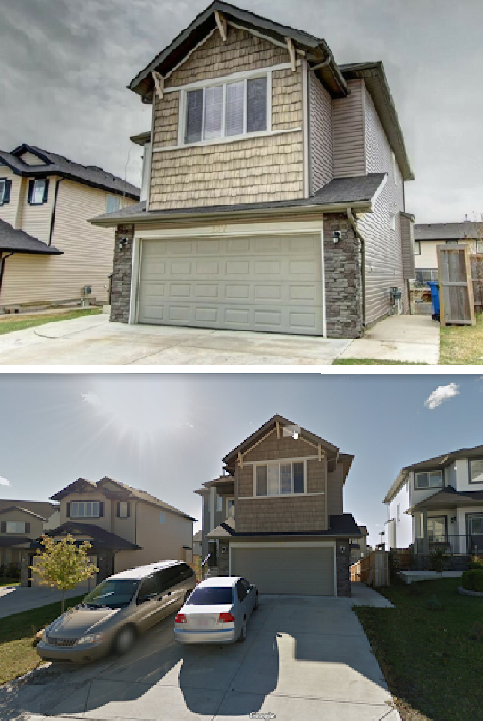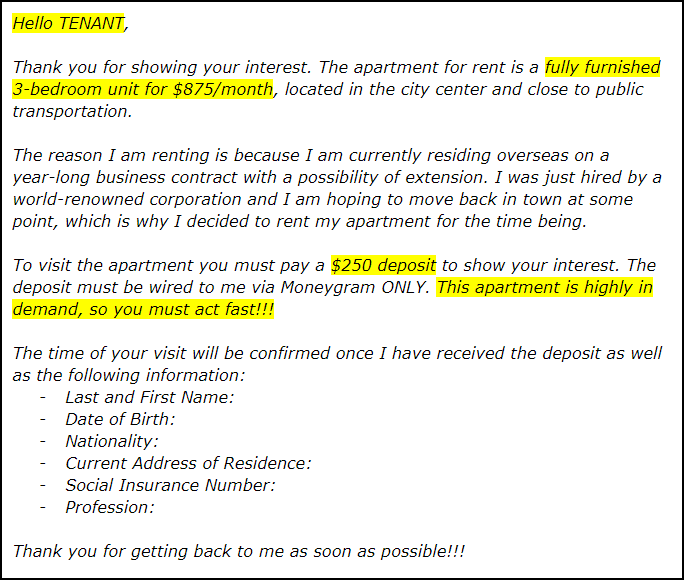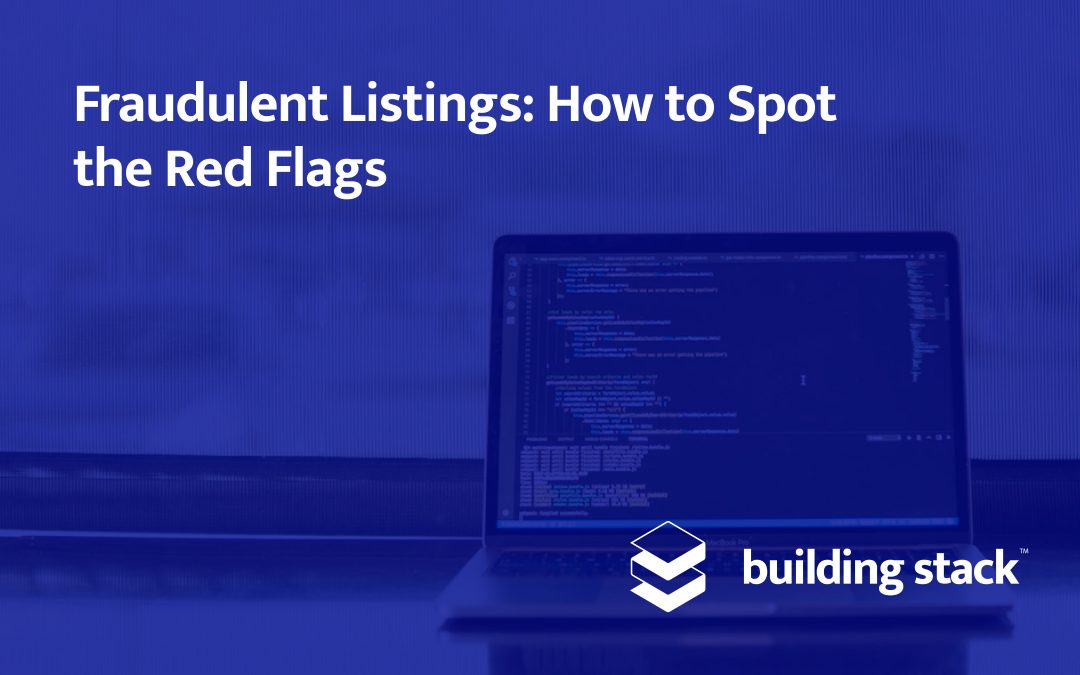Finding a new place to rent involves a lot of research, and you often need to make quick decisions, lest your dream apartment be swept out of your hands. This is particularly true if you live in a large city, where demand is high and rental offers disappear fast.
Unfortunately, the housing shortage makes tenants like you the ideal target for apartment listing fraud. Scammers use a wide range of techniques to lure apartment hunters into sending them payments for units that sometimes don’t even exist.
In order to protect yourself against rental fraud, you need to recognize the signs. Read our tips below to stop scammers in their tracks before they get you.
In the listing
Fraudulent apartment listings look like any other ad at first glance, but if you examine them closely, you may notice a few anomalies. This doesn’t mean that you should do a thorough check of every single ad you see, but be careful before you send a message through an ad.
Images
First, look at the pictures. Do the rooms look like they fit together? Are you having a hard time figuring out the layout of the place? Scammers can create fake listings with random images they found online. Mismatched windows, door frames and floorings can be a sign that the pictures actually come from different units. You can also do a reverse image search to find the source of those pictures. The more results you get, the more likely it is that the image was stolen off the Internet.

These photos have a similar appearance at first sight, but if you look closely, you will notice that the window frames are different and that the floor colours do not match. (Image source: Pinterest)
As for listings that do not have any images, proceed with caution. While it is possible that the landlord was simply in a hurry, it could be a sign that they are trying to hide something.
Location
Next, if you have the address, find the unit’s location on a map such as Google Street view. Once again, check if the building’s appearance fits with the images and the description in the listing. Compare the view from the windows to the surroundings on the map, and make sure the floor number is accurate.

Verify that the picture from the listing (top) shows the house found on a map at the given address. (Image sources: Kijiji, Google Maps)
While you’re looking up the address, see if you can find other listings for the same apartment. Another common technique among fraudsters is to copy the content of an existing ad, and offer a lower price. Then, they ask interested renters for a deposit, schedule a visit and never show up, leaving confused visitors at the doorstep of the current occupant.
Property management companies
The name and logo of a property management company is usually a sign that a listing is legitimate. These ads present more complete information about the unit and building amenities. Those created by Building Stack’s automated listing solution will contain the mention “Powered by Building Stack”.
Look for this logo in listings published by Building Stack users.
However, scammers might try to impersonate organizations to gain your trust. Don’t hesitate to visit the website of the company and verify that the unit is really available. Perform an online research instead of following the link in the ad; fake listings may contain links to fraudulent, malicious websites.
First contact
When you find an interesting unit, you have to hurry up and schedule a visit before someone else does. Be that as it may, remember that online transactions with strangers come with risks. Watch out for the following suspicious behaviours in your online interactions with the landlord:
- Generic, impersonal messages that don’t contain any specific information such as your name or the apartment’s address
- Long, convoluted stories explaining why the landlord is unavailable or out of town
- Solicitation of your current address or other personal information
- Pushy requests for a payment or deposit

Can you spot all the red flags in this message?
The most important thing to remember: never send out money for an apartment that you have not seen. Most of all, do not send a payment to a stranger through a money transfer service, because it is particularly difficult to trace back the money once it has been sent.
Scammers often say that demand is high and that you need to pay a deposit to confirm your visit appointment. Stand your ground. Get that visit before you send any money. If you live far away, have someone you know visit the unit for you, or ask for a virtual tour via live video call.
You should also be suspicious if a landlord is a little too eager. If they promise to rent the unit to you without any background check or reference, something fishy might be going on. Why aren’t they vetting the person who will pay them rent for the next year? After all, you are a stranger to them as well, and they should be as cautious as you are.
Before you sign
If a listing made it this far without raising any red flag, you have done everything you can to mitigate the risks. Congratulations! You have now reached the final, crucial step of lease signature.
There are two things you should do before signing. First, make sure there actually is a lease to sign. Ask for a written agreement, and read it carefully. Confirm that it includes everything you and your future landlord agreed on. In case of a dispute, the lease will be used as a basis to settle the disagreement.
Then, check the law in your province, especially for anything related to payments. Security deposits are subject to limitations, and landlords are not always allowed to ask for advance rent payments. Knowing your rights as a tenant is the best way to avoid fraud.
If you spot a suspicious listing, or if you think you have been a victim of fraud, do not hesitate to report it to the Canadian Anti-Fraud Centre.
